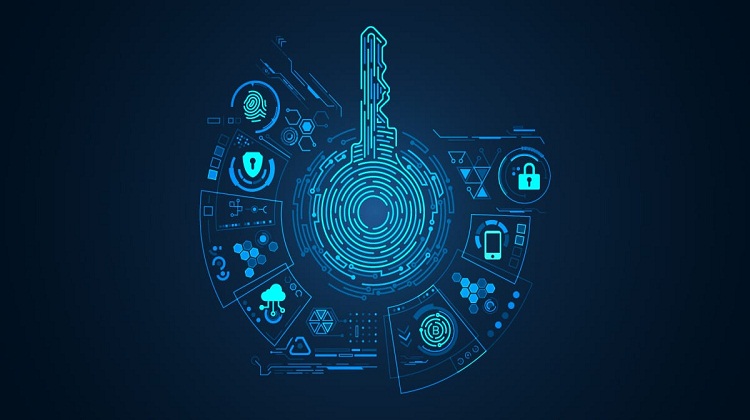Privileged access management (PAM) is a security measure used in many organizations to protect resources that are important to the business. With privileged account management, you can control which users have access to which resources and determine the level of access each user has. This way, you can ensure that only authorized users have access to the resources they need and that those users don’t abuse their privileges.
What is Privileged Access Management?
Privileged access management (PAM) is a security technology that allows users to be granted specific privileges, depending on their role in an organization. PAM can help you protect your business by ensuring that only authorized users have access to the information and resources they need to do their jobs.
There are several types of privileges that can be managed with PAM: administrative, user, and system. Administrative privileges allow users to manage resources and settings on the system level. User privileges give users access to specific files, folders, and applications. System privileges allow users access to all system resources.
When granting privileges, it is important to consider who should have which privileges. For example, if you want to give your finance department access to financial reports but keep marketing out of those reports, you would grant them user privileges for financial reports but not for marketing materials. This way, everyone involved in the report-writing process will have appropriate permissions while protecting the integrity of the data.
PAM also allows you to revoke privileges if necessary. If someone loses their user privileges, they won’t be able to access any information or resources they were previously allowed access to. In addition, revoked user privileges can be automatically rolled back when the user logs back into their computer. This helps ensure that accidentally granting someone a privilege they shouldn’t have isn’t a problem down the road.
Types of Privileged Access Management
Privileged access management (PAM) is a process and technology that helps organizations control who has access to their systems and data. PAM allows administrators to define different levels of access for users, groups, objects, or files. This can help keep sensitive data safe from unauthorized access and protect system resources from abuse.
PAM can be used in many different ways depending on the organization’s needs. For example, it can be used to restrict user access to specific systems or databases or to control who has permission to modify certain objects. PAM can also help prevent unauthorized users from gaining access to sensitive information by specifying which users are authorized to perform specific tasks.
PAM can include various features, such as role-based security, privilege escalation prevention, auditing and logging capabilities, and user identification and authentication mechanisms. In addition, PAM can work in conjunction with other security technologies such as firewalls and intrusion detection systems (IDSs). By using PAM in combination with these other measures, organizations can effectively protect their assets from attack while maintaining optimal levels of security.
Benefits of Privileged Access Management
There are many benefits to privileged access management, both for businesses and their employees. First and foremost, privileged access management can help protect business data from unauthorized access. This can prevent malicious actors from stealing information or compromising systems. Additionally, privileged access management can help maintain compliance with regulations such as the Sarbanes-Oxley Act. For employees, privileged access management can improve security and stability in the workplace. It can also reduce the likelihood of them becoming involved in misconduct or wrongdoing.
Privileged access management (PAM) is a process used to identify and manage the privileges granted to users, groups, or systems. PAM enables organizations to control who has access to what resources and how those permissions are granted. This can help protect your business against unauthorized users, reduce the chances of data breaches, and improve efficiency and security.
The benefits of using PAM include:
- Improved Security. Privileged access management can help protect your organization against unauthorized users who have been given inappropriate or unauthorized privileges. By limiting who has access to specific resources, you can reduce the chances of data breaches that could result in financial losses or irreparable damage to your business.
- Reduced Costs and Efforts Toward Data Breach Prevention. By identifying and managing the privileges granted to users, you can reduce the efforts required to prevent data breaches. This can save you time and money while ensuring that your sensitive information remains protected from theft or misuse.
- Increased Efficiency and Productivity. Privileged access management can help improve efficiency by helping administrators manage user privileges more effectively. Additionally, it can help keep businesses running smoothly by preventing unnecessary delays or disruptions caused by incorrect privilege assignments or lapses in supervision.
- Compliance with Regulations & Standards. Privileged access management is essential for compliance with various regulations and standards such as PCI DSS, HIPAA, SOX, etc.. By properly managing user privileges, you can ensure that your company meets regulatory requirements without
How to Implement a Privileged Access Management System
There are a few things you need in order to implement a privileged access management system:
- A secure authentication and authorization solution
- A system for tracking who has access to what
- A way to revoke or suspend privileges when necessary
- An incident response plan in case of unauthorized access
Privileged access management (PAM) is a security measure that can help you protect your business from unauthorized access. PAM systems allow authorized users to access specific information and resources only if they have been assigned a specific privilege. By establishing privileges, you can prevent unauthorized users from accessing sensitive data or resources.
To implement a PAM system, first, identify the types of information and resources that should be protected. Next, create a list of the users who need access to these items. Finally, assign privileges to each user on the basis of their need for access and the level of privilege they are assigned.
It is important to regularly review privileges assigned to users and update the system as needed. Doing so will help ensure that only authorized users have access to the resources they need to do their jobs properly.
Conclusion
Privileged access management (PAM) is a security measure used in many businesses to protect their confidential information. It ensures that only authorized individuals have access to certain areas of the organization, and it can help prevent unauthorized users from gaining access to sensitive data or systems. By implementing PAM, you can help protect your business against criminals and other malicious actors who may want to steal your information or sabotage your operations.



